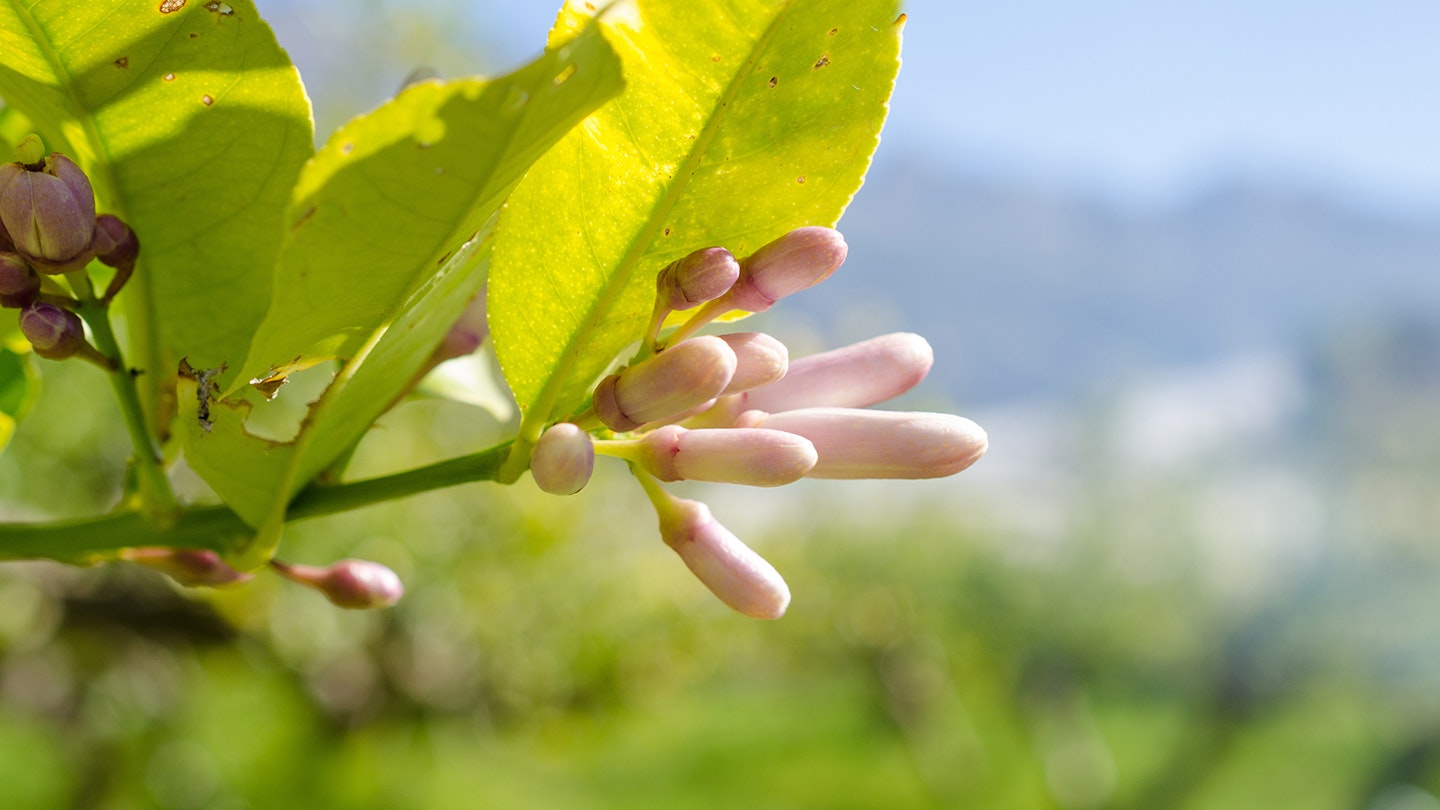Valencia’s myriad attractions are no secret, and the Costa Blanca is never short on visitors; however, you don’t hear a great deal about the province of Castellón, to the north of the Valencia region. This might all be set to change, as the long-awaited opening of the region’s airport means there’s never been a better time to explore its Mediterranean beaches, mountains, and medieval hilltop villages.
The fragrant Costa del Azahar
The 700-year Moorish invasion had a profound effect on the shaping of Spain, especially in this region, where ancient Arab methods of irrigation are still used in the fertile groves of orange, lemon, cherry, and almond trees. ‘Azahar’ means ‘orange blossom’, which gives not only its name but, during spring, its delightful scent to this part of the world.
The Costa, like most Spanish coastlines, offers a mix of quiet coves and built-up resorts, best experienced just before or just after the peak months of July and August. It’s not all sandy beaches, however, and there’s plenty to see off-season, such as medieval Peñíscola, the more workaday fishing port of Vinarós, or the town of Benicàssim, now a lively resort famous for its festival but once a summer retreat for the urban elite, whose houses can still be seen along the seafront.
Peñíscola: from the retreat of an antipope to Hollywood film set
Dominating the northern stretch of coast, Peñíscola is a handsome medieval walled town sitting high on a rocky isthmus. Its crowning glory is its 14th-century castle, built by the Knights Templar on the remains of an Arab fortress. The castle would later become the home of ‘Papa Luna’, as the Spanish know deposed Pope Benedict XIII, and you will see his name all over town.
Peñíscola’s other great claim to fame, in addition to its more recent portrayal as the city of Meereen in Season 6 of Game of Thrones, is as the setting for parts of El Cid. The highest of its walls are, in fact, nothing but a film set. They only add to the atmosphere of the picturesque old town, although its winding cobbled streets, undeniably touristy, remain a charming place to spend an afternoon, particularly during the winter months. For a spot of towel space on the beach, one might need to walk north away from the town, or otherwise explore a couple of rocky coves to the south.
The craggy mountains and hilltop towns of the Maestrazgo
A world apart from the frenetic coastal strip of the Castellón region, the Maestrazgo is a vast and sparsely inhabited region of low mountains and hilltop villages, grazed by Merino sheep – another legacy of the Moorish invasion. The Arabs were also responsible for the terracing of foothills, enabling crops to be grown on this inhospitable soil.
Another distinctive feature of the landscape is the long threads of dry-stone walling, a local craft so prized that a group of Maestrazgo villages have applied to UNESCO for Intangible Cultural Heritage status. The town of Vilafranca has an entire museum dedicated to it, called the Museo de Pedra en Sec.
This region is popular for adventure sports, from mountain biking to canyoning and spelunking, offering splendid hiking and driving routes. Notable towns to explore include Morella and, north of it, Ares del Maestre, a peaceful place with a cluster of medieval buildings and prehistoric cave paintings. South of Morella lies Sant Mateu, a lively town with grand buildings and tourist-free restaurants.
Benicàssim’s world-famous festival
The coastal town of Benicàssim comes alive every July for Spain’s biggest music festival, the Festival Internacional de Benicàssim (FIB). Its most loyal fans, the ‘Fibers’, are predominantly British, who attend in their tens of thousands for a line-up that in recent years has included major acts like the Red Hot Chili Peppers, Kasabian, Foals, The Weeknd, and Deadmau5, alongside Spanish favorites Los Planetas and Love of Lesbian.
It’s easy to see why the festival is a popular choice for young foreigners more accustomed to UK prices and festival vibes; while it may lack rolling meadows, it compensates with a nearby beach where exhausted party-goers can relax. Be sure to bring plenty of sunscreen, a hat, and comfortable shoes as attendees will find themselves walking on concrete for four days. If possible, investing in a VIP ticket or opting for glamping might enhance the experience, as the campsites can become crowded.
In August, the festival site hosts Rototom Sunsplash, a reggae festival featuring prominent names in dub, reggae, and African music.
Morella’s hilltop charm
Much has been written about the approach to Morella, which rises from the landscape like a fortress. The stunning view from a distance is matched by the atmosphere within the town. The city walls, an impressive two kilometers long, remain intact, punctuated with six gateways and 14 towers. Some of these have been turned into quirky museums that explore aspects of the town’s history.
One could spend a day wandering its narrow streets while sampling local delicacies such as sheep’s milk cheese, seasonal truffles, and artisanal honey, or shopping for textiles, especially the locally woven blankets and rugs. It’s also worthwhile to set aside time for lunch, as Morella offers a good selection of restaurants where visitors can savor locally produced lamb, charcuterie, and the famous paella and rice dishes typical of the Castellón coast.
The town is rich in sights: although the castle is in ruins, the climb rewards visitors with spectacular views; below it stands the Convento de San Francisco, housing a set of macabre 16th-century paintings; nearby is the Gothic basilica of Santa María la Mayor.





